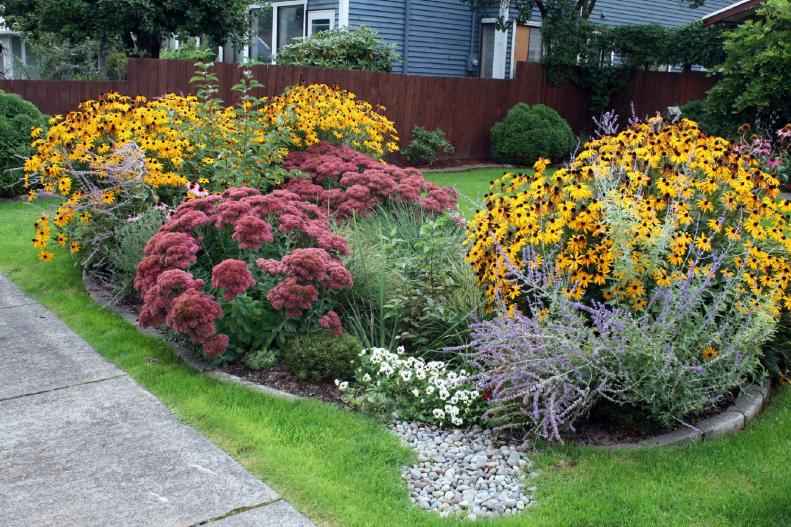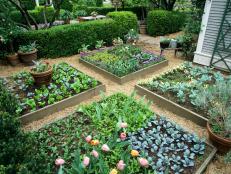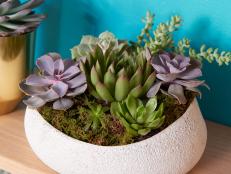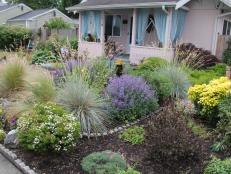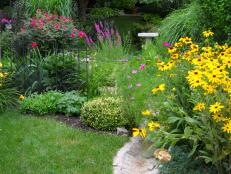1 / 10
Photo: RainDogDesigns.com/wordpress
Flower Power Rain Garden
Rain gardens earn their keep, catching rain water runoff from roofs, driveways and lawns. A well-designed rain garden holds runoff long enough for it to soak into soil, instead of running into storm sewers. It also helps clean rain water runoff by removing up to 90 percent of fertilizer nutrients and up to 80 percent of sediments. Best of all, a rain garden can look gorgeous while effectively handling storm water runoff. This rain garden design features strong summer and fall color, with gold black-eyed Susan, purple Russian sage, purple coneflower and rose-pink 'Autumn Joy’ sedum.






